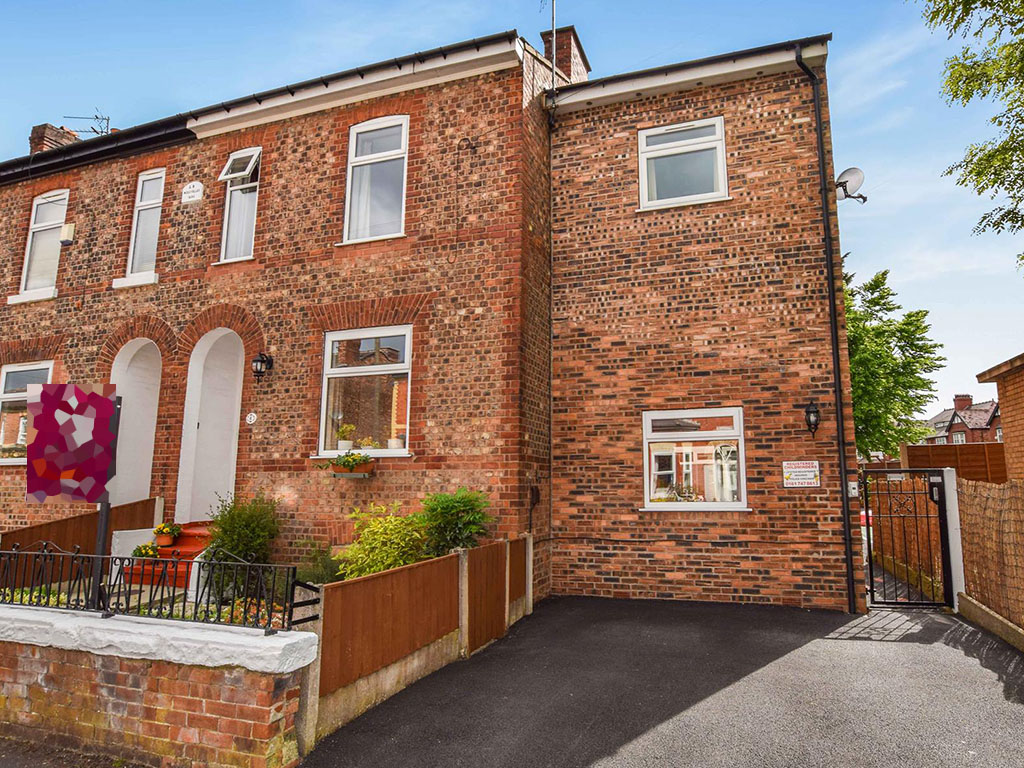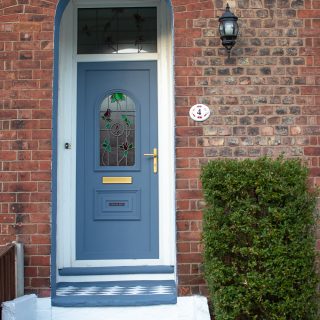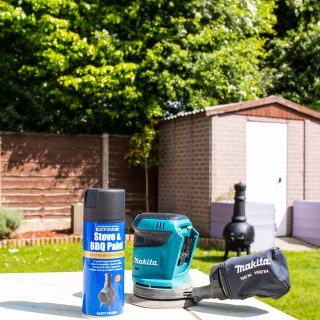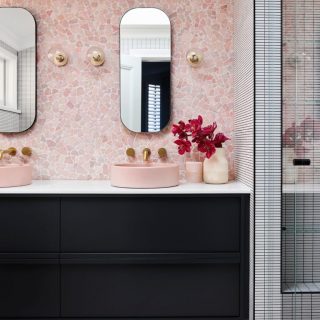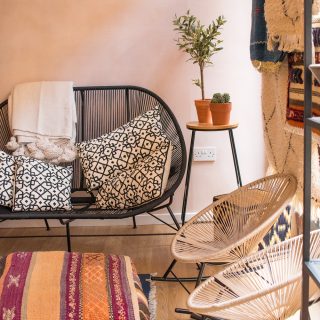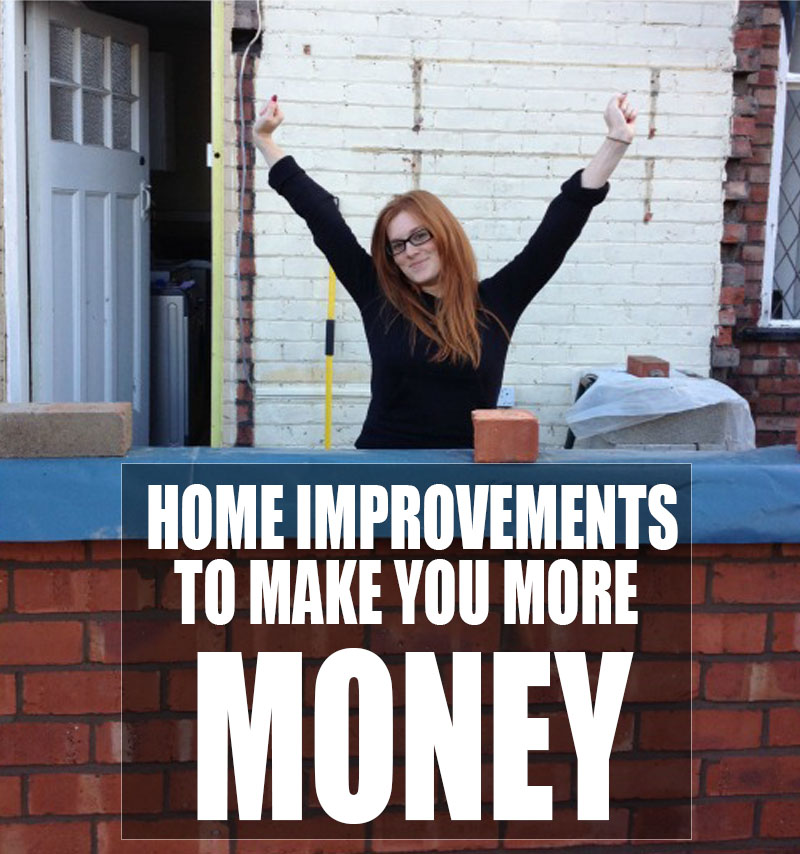
I can’t quite believe we’ve been in our new house for 8 months already! Whilst we probably should stop calling it our “new” house by now, I must say I’ve been blown away by the feedback we received from the post I wrote on the money we made from our “old” house.
IN CASE YOU MISSED IT >> HOW WE MADE 100K ON OUR FIRST HOME
Money continues to be a fairly taboo subject and Joe and I have now reached the age where we’re no longer the only home owners in our groups of mates – a change which has brought more open discussions about cash and about how to make the most out of property as an investment.
As part of this, I’ve decided to follow on from my last post with the renovations and/or home improvements you are most likely to get a good return on, as well as my learnings what is likely to lose your house money.
Step 1 – Set A Budget
Quite often, if you live in the “right” kind of area – and by that, I mean quite affluent – generally you can get away with anything and people will still want to buy your home. But not all of us have that luxury so we need to make sure any home improvements are justifiable as a return on your investment, and can be funded in the first place! One way to do this is through the equity in your home.
If you’re considering taking some money out of your home’s value in order to improve it further, the first place to call is your mortgage provider as they will give you your current loan-to-value. To back this up though, you need an up to date valuation of your home. The bank will likely do this independently, but if you want to get an idea first before dealing with the hassle of the bank, you can check online.
I’ve run my postcode and address on the Sun-Life “How Much Has My House Made Me?” tool (I’ve blurred my personal details of course) and was quite staggered to see the amount it’s already gone up by! I checked this last week and it was £18,000, and the week before it was £32,000, so it does take into account real-time property market trends using Zoopla data so is a good way to see how much equity you may have to play with for home improvements.
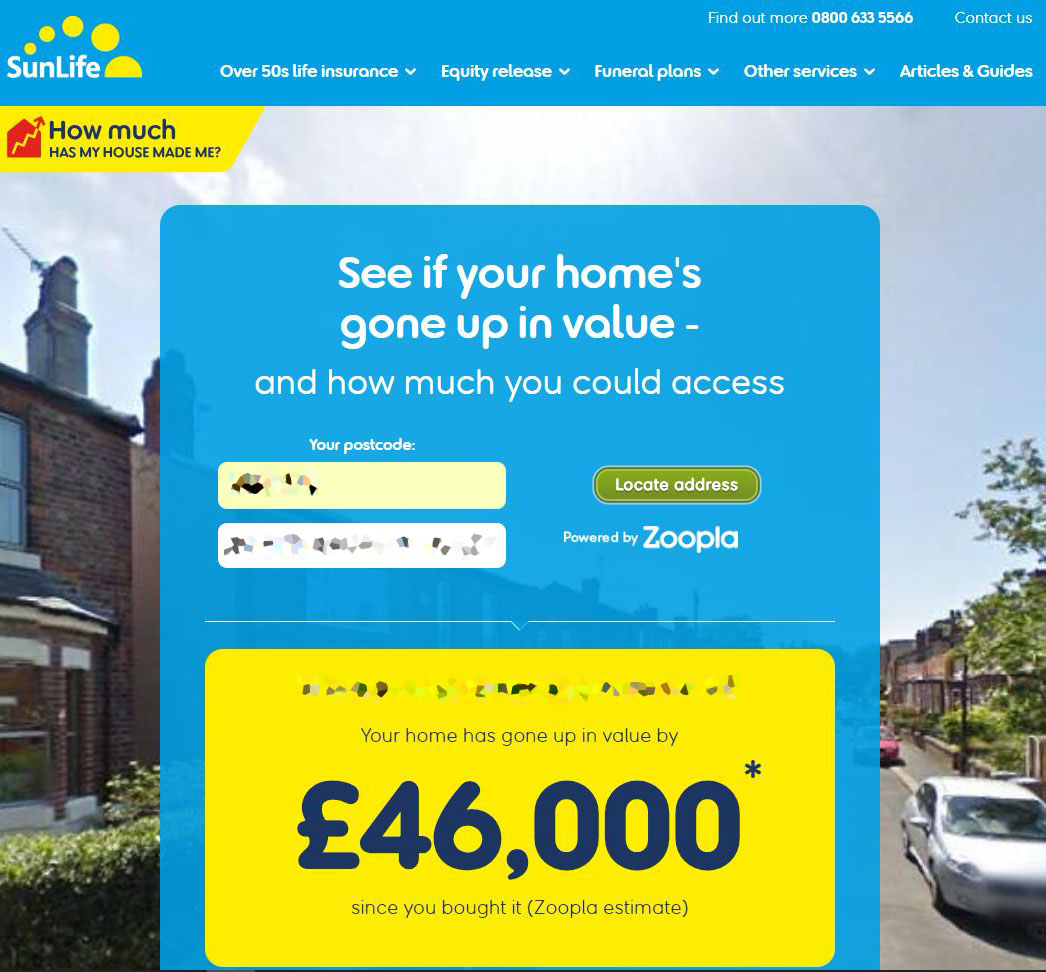
Step 2: Research Where Best To Spend That Budget!
No matter who you ask or where they’re based, most people that have experience in renovating will tell you that it’s always more expensive than they first set out, and always takes longer too. They’re a truly disruptive part of life and you want to get it right to make all that hassle worthwhile. Statistically speaking, the below projects are the top areas where you can actually make money on your home over time.
- A Loft Conversion
Whilst this is a big, expensive project, a loft conversion is not just another room but another floor. It’s another opportunity for someone to have privacy and distance. Not every property is blessed with a cellar to convert, or a piece of land to extend onto but a loft conversion is typically cheaper than a cellar conversion and can add just as much value. It’s estimated that a loft conversion will cost about half of the equivalent of a ground-floor extension and shouldn’t require planning permission, so as long as you’re not eating into existing space to create the new floor, it’s a great value project. - Make The Kitchen Amazing
It’s really nice to have more bedrooms and a nice colour on the walls, but as far as what will really make the difference to someone’s daily life, it’s the living-space. And the UK’s favourite is the kitchen. Probably because we spend every day in there, and many don’t like to be segregated during those precious after-work hours. With that in mind, social kitchen spaces have become hugely popular and if you plan well, you can get a real bargain. We actually extended our last house to make a large kitchen/diner and it made a great family space for which was a key selling point. You can see the Before and After below! - Tidy, Tidy, Tidy
It sounds a little unexciting as far as spending sprees go, but first impressions matter. A prospective buyer needs to know that you’ve loved where you live – both property and area. Whether your current property is a stepping-stone house, a 10-year project or a forever home, you should always take pride in it. If you’re unsure what that’s got to do with making a profit, think about how many of us want to live somewhere that’s litter-ridden or unkempt. No-one. So whether that’s replacing a broken fence in the front garden, investing in a deep clean of your brickwork, or making sure that all the windows are uniform and double-glazed, they will always be money well spent.
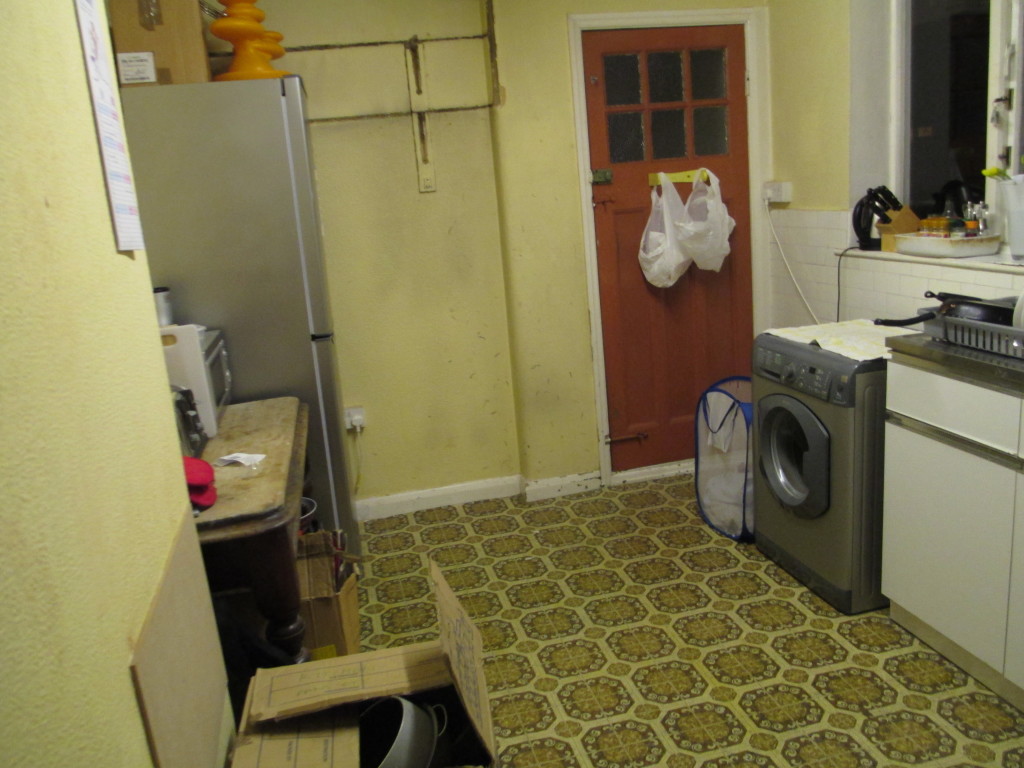
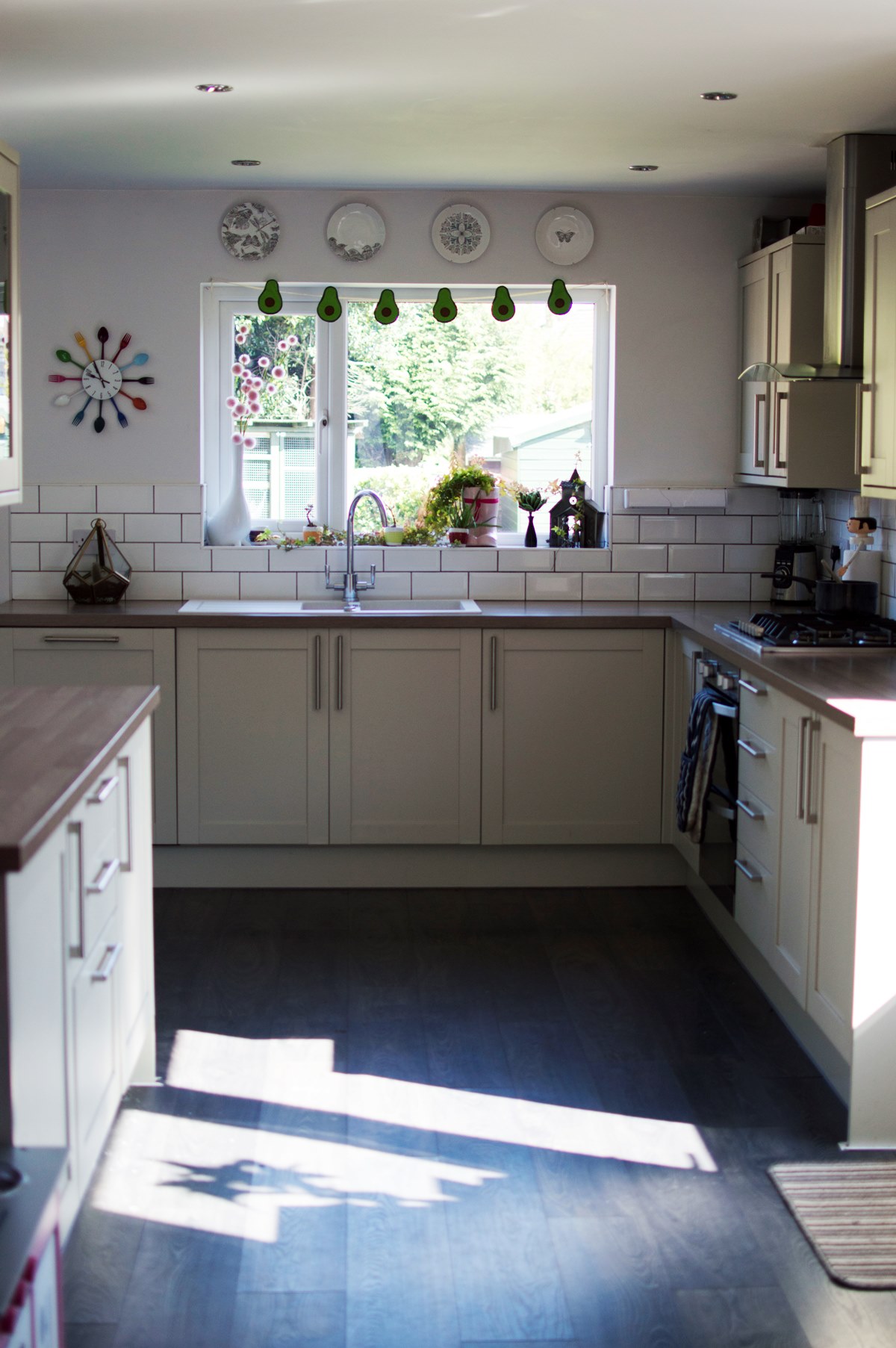
Step 3: Make it your own
Ultimately I’m a massive believer that as long as you are living somewhere, it should be a place you feel completely happy. Don’t live in a home that you hate for years just in case you might want to move someday. A home is for living! Saying that, there are certain home improvements which actually don’t improve your home at all – at least in real estate terms.
If you’d like some practical tips on renovation best practice, these are the ones I’ve learned from various tradesmen:
- Having a bath affects your house value. Don’t get rid of it!
As a nation, we’ve gradually started ditching the bathtub in favour of larger walk-in showers, especially in rooms with less available space to work with. However, this is massively limiting the pool of people who will want to buy your house and is often listed as a deterrent for families if there isn’t a tub. Even if you don’t think you’ll use one, if your long-term plan is to sell-up, consider a shower/bath combo instead of binning the bath altogether. - More bedrooms = more money!
Pretty simple equation really, but regardless of actual size, what really counts for the average house buyer is the number of bedrooms. Even if you have 2 enormous rooms, 3 medium sized rooms will still be of more value. It’s all about how many people you can fit in that property, and as more residents opt to work part-time at home, those extra rooms, no matter how small they might feel, are valuable office space on the housing market. (Another argument for loft conversions – our new home has a fully converted loft space which gives us 3 extra rooms – perfect for 2 bedrooms, one shown below which is our daughter’s, and an office. It’s life-changing!) - Don’t Cull the Closet
Sounds a little boring but a few years ago it became commonplace to remove all the built-in storage for a more open space feel. The problem with this theory is, everyone still needs storage. No-one wants the spare bedding on show. Thankfully, we’re now seeing a resurgence of custom-built units, particularly in homes with alcoves, to make best use of space. If you want to replace existing dull-looking closets or dated built-in units, consider a custom-built one using a joiner. - Do NOT remove original features!
Of course if they are completely rotten and beyond restoration, then fine. But the demand for period properties with original features continues to increase in demand. If you’re removing them, try and replace with something as similar as possible, otherwise you lose value as well as the features.
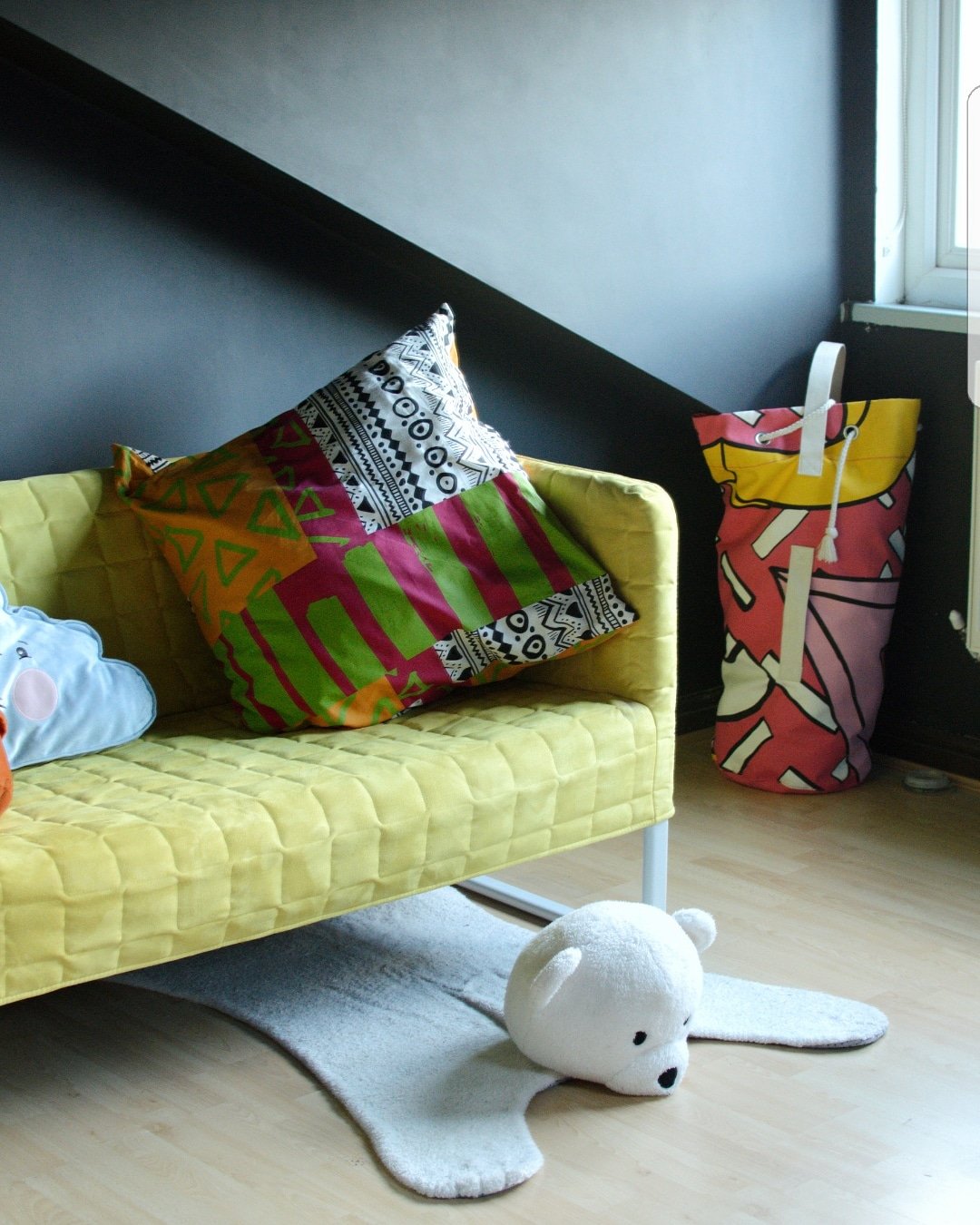
Any questions on our previous renovation, the upcoming one or about property in general, drop me a message in the comments and I’ll do my best to help.




